Review: Samsung Dart
Jun 27, 2011, 5:12 PM by Eric M. Zeman
Samsung tosses a dart in T-Mobile's direction hoping to hit some cork. While this little phone definitely scores some points, it isn't quite a bulls eye. Find out what works and what doesn't in Phone Scoop's full review.
Form
Is It Your Type?

The Samsung Dart is a tiny little Android phone meant to appeal to those who don't need the super smarts — and super size — of today's flagship smartphones. It may not be quite as capable as its larger cousins, but the small footprint and ease of use make it a budget-conscious and pocket-friendly phone.
Body
The Dart doesn't quite live up to its sports-bar-themed name. I mean, when I think "dart", I think pointy, sharp, streamlined, and missile-like. The Samsung Dart is none of these. It is, however, small and compact. The Dart has a great footprint, feels amazing in the hand, and looks pretty good all at the same time. It feels quite solid, and, thanks to its design, slides in and out of pockets with ease. The materials aren't top-notch, but they are very good, and the manufacturing is perfect. It is one well-put-together little phone — just don't throw it at anyone.
Samsung doesn't set any new benchmarks in terms of design language or styling. The front face of the Dart has the same old black-framed display, with four capacitive touch controls placed at the bottom. I found these buttons to be responsive.
On the left side, you'll find the volume toggle near the top. The toggle feels great. It protrudes from the side of the Dart just the right amount, and travel and feedback are rewarding. On the right, Samsung has positioned the power/lock key. Samsung has a tendency to put this button here, but I'd prefer it to be on the top of the phone. Even so, it is easy to find and offers good travel and feedback. A hatch covering the microSD slot is blow it. The slot is easy to open.
The microUSB port is hidden under a hatch on the top edge of the Dart. This hatch is big and feels clumsy to open. It needs to be pried off and then rotated away so that the cable can be inserted properly. A 3.5mm headset jack joins the microUSB port on the top.
The battery cover peels off easily, and the battery and SIM card are accessible once it is removed.
There's no dedicated camera key, which is a shame, but the Dart makes few other missteps.
The Three S's
Screen
In order to get the Dart's price point down, Samsung had to skimp somewhere, and the display is one area the Korean manufacturer cut back. The Dart's display measures 3.1 inches across the diagonal and a positively 2005-era 240 x 320 pixels. The LCD may be capacitive, and for that we are thankful, but the pixels are so few that you can practically count them. The screen door effect is apparent on every screen. This means text, graphics, and icons have pixelated, jagged edges, and everything comes off as somewhat fuzzy. On the brightness scale, it does well. I found it easy to use indoors, and it only failed completely when under bright, sunny skies.
Signal
The Dart performed well for a T-Mobile device in the metropolitan New York City area. In my home, it captured two bars, which is pretty typical. As I traveled around with the Dart to points across New Jersey, it ranged the gamut from zero to five bars. It was connected to T-Mobile's 3G network most of the time, though it dropped to EDGE on plenty of occasions. Practically speaking, the Dart remained connected to T-Mobile's network reliably enough that it didn't drop any calls. It missed one (failed to ring, went straight to voicemail) and I had to re-dial one call (didn't connect on the first attempt). Other than that, I had no problems. Data sessions were uneven in speed, depending on the data connection, but the Dart never got hung up.
Sound
The Dart exhibited good call quality during my tests. It wasn't perfectly clear all the time, but the majority of voice calls were clear enough and weren't interrupted by noise, such as hissing or static. Voices sounded present and warm. The earpiece speaker was a bit on the weak side. The maximum volume setting was a bit weak for moderately noisy environments. For example, I was unable to hear callers over the construction outside my office, though it's fine in quieter places. Quality of calls through the speakerphone was also good, but the Dart's speakerphone isn't loud enough, either. Ringers and alert tones weren't quite loud enough. The vibrate alert is plenty strong.
Battery
The Dart performed very well on battery tests. I easily got two full days out of it. Perhaps it is the modest display and/or processor, but even with Gmail syncing constantly and Twitter updating every 30 minutes, the Dart powered through all of it. Most users will find they only need to charge every other day. Only the heaviest users might need to plug it in after a day and half.
Basics
Menus
The Dart runs a toned-down version of Samsung's TouchWiz. It's not as in-your-face as Samsung's Galaxy devices, but it certainly isn't stock Android 2.2.2, either.
There are five home screen panels loaded out of the box, but the Dart supports up to seven of them if you wish. Adding/deleting them is a breeze. Samsung has placed four permanent apps in a dock at the bottom of the home screen panels: Phone, Contacts, Messages, and Menu. The home screen panels can, of course, be customized with user apps, shortcuts and widgets.
The main menu is broken down into separate screens, each of which holds 16 apps. Swipe sideways (rather than up-and-down) to access more apps.
The notification shade includes shortcuts for turning off the Dart's various radios (such as W-Fi and Bluetooth) to save power, as well as a quick "silence" key, and a screen rotation control button. The options menu and other device settings work the same as they do on any other Android handsets.
Almost everything has been slightly re-skinned by Samsung to make the Dart its own. The changed icons, colors, and graphics aren't as neon-like and intrusive as those found on Samsung's Galaxy devices.
A few words on performance. The Dart has a 600MHz processor. Even so, I was pleased with the Dart's performance. It was snappy, and everything felt smooth. The phone never had trouble transitioning between screens, and apps popped up instantly.
Calls/Contacts
Calls
Here, Samsung doesn't stray from the Android norm. Samsung has moved the large, green "call" button from below the software dialpad to the right of the dialpad — otherwise, the calling application behaves like a stock Android calling app. There are four tabs across the top to switch between the dialer, call log, favorites, and contacts. From the dialpad, you also have access to voicemail.
In-call options include the typical features, such as adding a line, sending the call to Bluetooth or speakerphone, turning the dialpad on/off, etc. All the features worked properly.
The Dart supports T-Mobile's Wi-Fi calling feature, too. When the Dart's Wi-Fi radio is active, it can make calls via your home Wi-Fi network. The Dart will not roam onto the cellular network if you step out of range from your Wi-Fi hotspot, however. You can also send SMS messages via Wi-Fi. In my experience, these features worked well.
Contacts
The contact app, too, works as a stock Android contact app would. The Dart supports thousands of contacts, each with multiple fields for phone numbers, email addresses, web pages, etc. The Dart makes it easy to search through the contact database with but a few taps, as well as sort contacts into groups and/or favorites. I like that swiping on a contact's name (when in the main contact view) brings up a little window for fast call/text messaging. There are no surprises, though.
Messaging
Out of the box, the Dart offers little past the basics when it comes to messaging. If you want more than email, SMS, and IM, you have to work for it.
The Dart comes with the stock email/Gmail applications, which are solid apps for most any type of users. Adding accounts to sync is as simple as entering your username and password. The SMS/MMS application is the stock Android variety, and it offers threaded conversations to make it easier to manage your messages. The GTalk application is also stock.
The only social networking application on the Dart is Google's Latitude, which is total weak sauce, in my opinion. The Dart doesn't even offer a catch-all, generic social networking app. It's got nothing. It will sync Facebook, Twitter, and MySpace contacts, but that's all. If you want to actually interact with your social networks, you have to go the Android Market and download the apps yourself.
Extras
Media
Music
The stock Android music player application is the sole music software on the Dart. It's the same, drab, boring music player that's on nearly all Android devices. Samsung did nothing to dress it up or make it more interesting/fun to use. Sideload your music via a PC and the microUSB port (or directly onto the microSD card itself) and the Dart will find your tunes and play them back with no problem.
If you want more than simple playback, you'll have to jump into the Android Market, where hundreds of apps (including Amazon MP3 Player, Pandora, Slacker, among others) are available for download.
Video
The stock Android YouTube application is the sole video software on the Dart. It's a good piece of software for browsing through videos on YouTube and playing them back. The photo gallery software is used to play back any video content captured on the device itself or sideloaded to the microSD card. It is a bare-bones player, but it works.
Camera
Camera
The Dart's camera software doesn't stray far from Samsung's typical software. It opens quickly, and offers a range of tools for managing the three-megapixel shooter.
Most of the time when shooting, the Dart's display is unobstructed save for a sliver of space on the right side reserved for the shutter button. Tap the screen gently, and a strip of controls will appear on the left side of the screen, offering quick access to many of the Dart's camera options. It offers five different shooting modes (single, smile, continuous, panorama, and add me — lets you stick yourself in images); twelve different scenes (landscape, sports, fireworks, etc.), and the ability to adjust brightness. In order to fine tune further, you have to dive into the full settings menu. Therein, you'll be able to adjust picture resolution/quality, effects, white balance, metering, and so on. It's a good set of tools for a mid-range device such as the Dart.
The Dart doesn't have a flash or autofocus. You might expect it to capture images quickly, but it doesn't. In fact, it is slower than most phones I've tested in recent months. (This is the one performance aspect with which I was disappointed.) It is not only slow to capture the image, but processing the image and sending it to the review screen (which can be turned off, if you wish) is slow, too. These both lead to a long time between shots, which means it will be easy to miss that magical moment.
Gallery
The gallery is the stock Android option. Photo albums float in stacks in the main gallery view, and you can sift through them in the chronological timeline in which they are arranged. It has a neat 3D look and feel to it.
Sadly, editing options are severely limited. You can crop and rotate, but there are no other ways to adjust images after the fact. All you can do is share them with the photo-sharing service of your choice, which includes T-Mobile's online photo service.
Photos/Video
Photos
The Dart makes a passable camera in a pinch, but I wouldn't rely on it to capture images of what might be endearing memories. All the images I captured with the Dart showed serious levels of grain and digital noise. While color and white balance were often correct, exposure was not. Whites and reds were often over-exposed and/or blown-out. Subjects that are close and well lit will look good, subjects that are far away will appear somewhat fuzzy and lacking in detail. It is almost useless indoors unless you have spotlights for lamps. In other words, if you have nothing else better to use, the Dart will do, but barely. There's no way I'd use it to replace a dedicated imaging device.
Video
Video quality falls into the same only-if-necessary category as the camera. While color and exposure are more or less spot on, the presence of grain ruins all the video shot with the Dart. Video captured outdoors may be worth sending to your friends via MMS, buts not YouTube-worthy.

MPEG-4 format (viewable with QuickTime)
Browse/Customize
Browser
The Dart comes with the same browser that's on every other Android phone. It is capable, no doubt, and offers the tools/controls necessary for most browsing needs. Paired with T-Mobile's 3G network, it performed very well. I was pleasantly surprised with the speeds I saw under 3G coverage. The full HTML version of Phone Scoop, for instance, loaded in a jiffy. When under EDGE coverage, it wasn't so quick, but sites still loaded fine.
Customize
The Dart can be customized to the same extent that most Android phones can. The seven home screen panels can be left blank or stuffed to the gills with apps, shortcuts, and widgets. I noticed that the Dart doesn't have quite as many widgets on board as other Android phones, but this may be related to the smaller selection of pre-loaded applications.
Extras
Bluetooth
The Samsung Dart has Bluetooth 3.0 on board, and supports the typical batch of profiles, such as A2DP, PBA, and OPP. Pairing with devices such as mono and stereo headsets, as well as laptops was no problem. Call quality through mono headsets was acceptable. Music streamed via stereo Bluetooth did not sound all that great. I didn't have any trouble moving files from the Dart to my laptop and vice versa.
Clock
Press the power/lock key and you'll see a nice, large digital clock on the Dart's home screen. It's perfectly visible indoors, but much harder to see outside. This clock can't be altered or changed. The clock application found in the main menu only interacts with alarms, time zones, and such.
GPS
The Dart comes loaded only with Google Maps/Navigation. TeleNav, which is preloaded on nearly every T-Mobile device, is nowhere to be found. Google Maps, however, makes for a great, free navigation application that easily routes you from point A to point B.
Video
Here is a tour of the Samsung Dart. You can watch the video here:
Or you may also visit YouTube for more viewing and sharing options.
Wrap-Up
The Dart is a decent little phone. It handles the basics — such as phone quality, signal performance, and battery life — with aplomb. Its size and weight are good, and the phone is a breeze to use and carry about. Once you start diving into more advanced, features, however, its status as an entry-level smartphone is clearly visible.
The messaging options are limited to the stock basics unless you go diving into the Android Market. The media experience also relies on the Android Market to round it out.
My biggest gripes with the Dart are the low screen quality (c'mon, my 2005 Palm Treo had a better display), and the crummy camera and video camera performance.
Who, then, is the Dart for? Well, if you're looking for a small smartphone that covers the basics, then the Dart is a solid choice. If you don't mind the lack of advanced features, the Dart's commendable battery life alone is worth a recommendation. For the more demanding user, however, the Dart's skimpy media powers may not quite hit the bulls-eye.

Comments
No messages


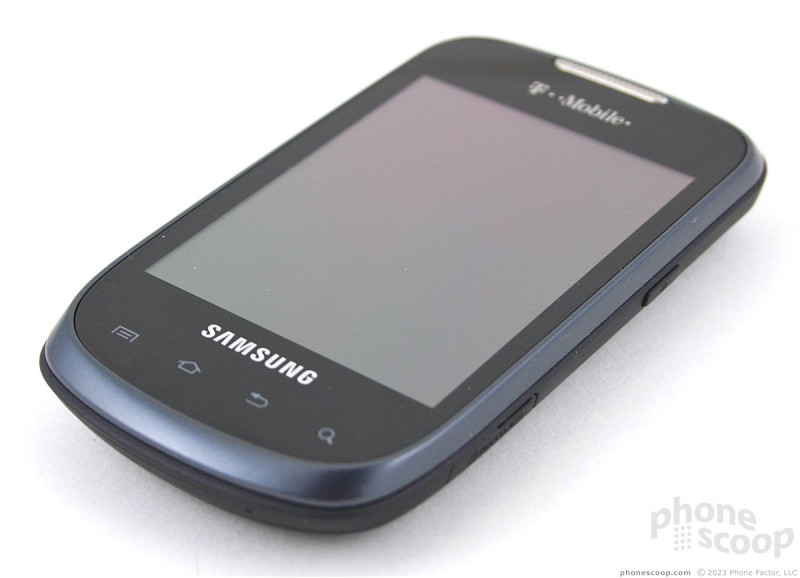








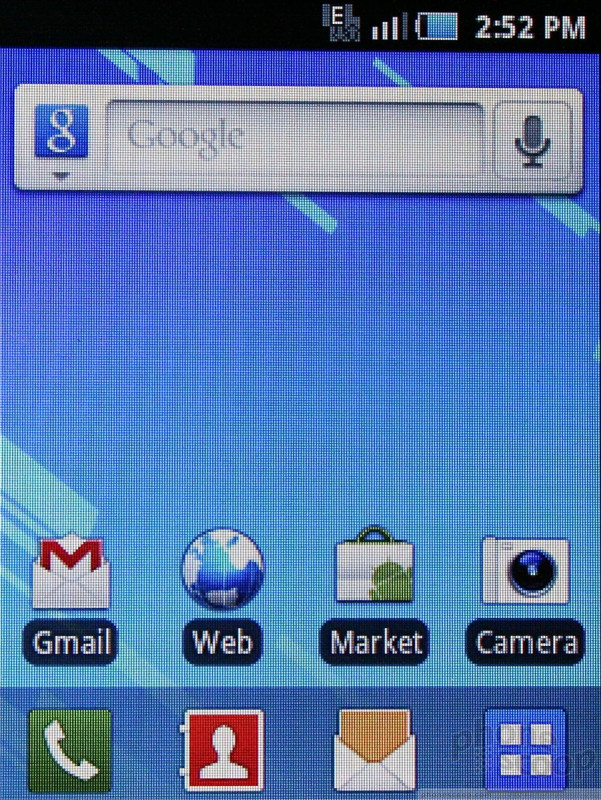




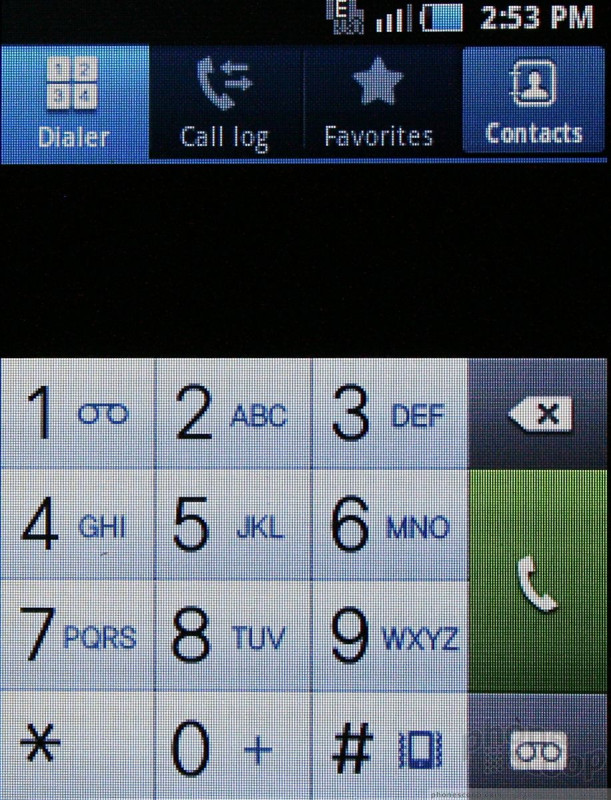










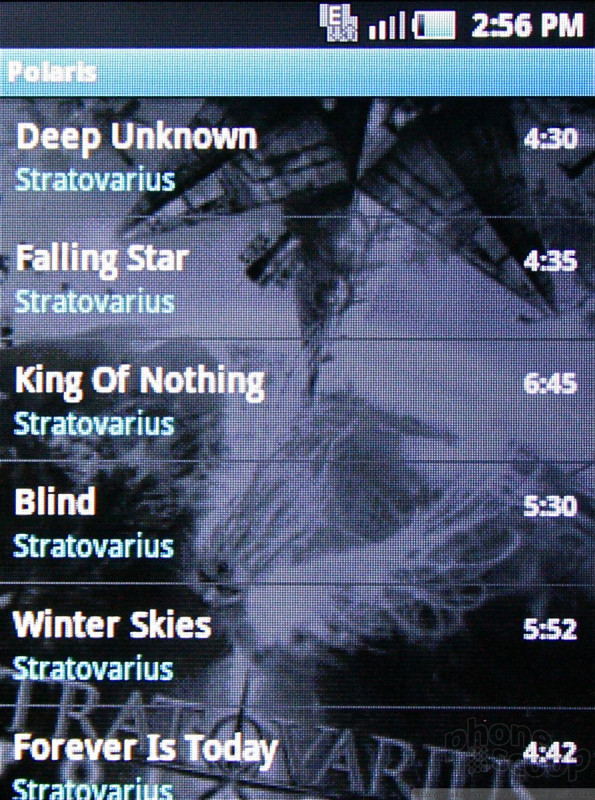



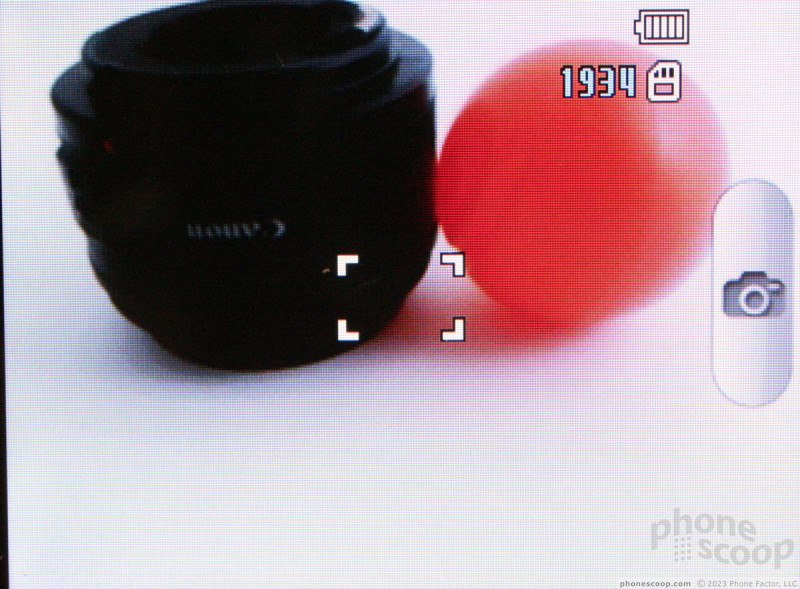



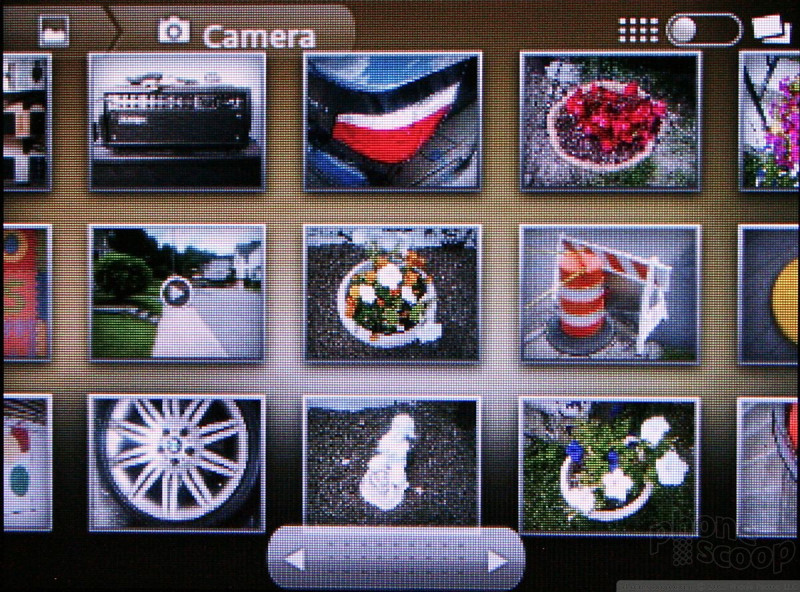




















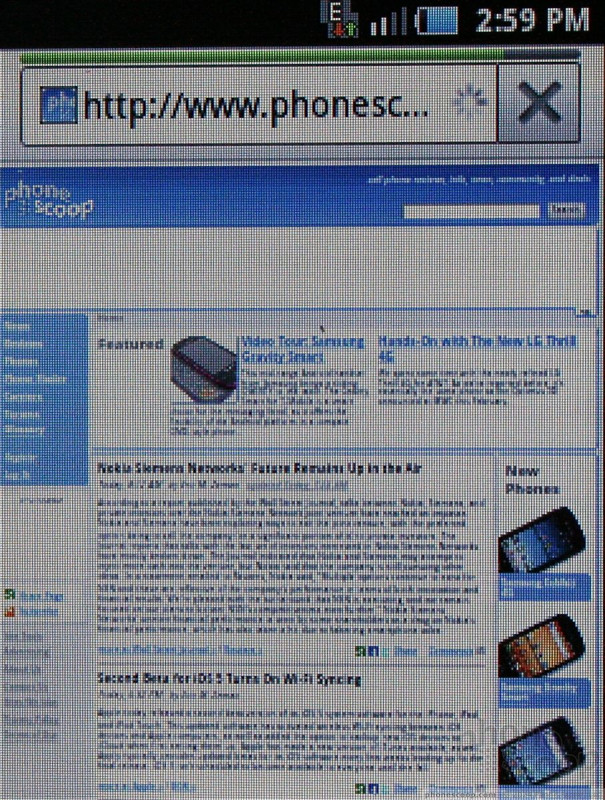



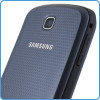 Video Tour: Samsung Dart
Video Tour: Samsung Dart
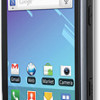 Samsung Offers a Peek at the Dart for T-Mobile
Samsung Offers a Peek at the Dart for T-Mobile
 iPhone 14 Plus Offers a Big Screen For Less
iPhone 14 Plus Offers a Big Screen For Less
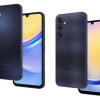 Samsung Launching Two New Affordable 5G Phones Today, Too
Samsung Launching Two New Affordable 5G Phones Today, Too
 Apple Launches its own Free Sports App
Apple Launches its own Free Sports App
 Samsung Dart
Samsung Dart



